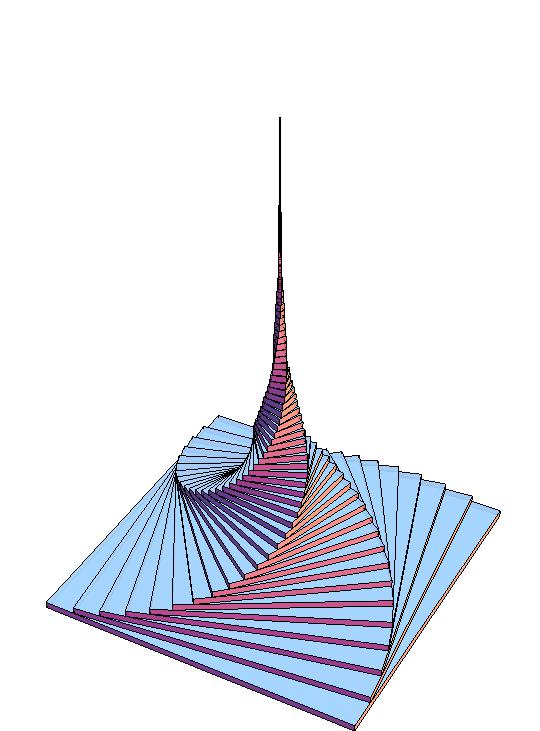Sometimes math can be completely useless, but amazingly simple and beautiful…
Another possible example of this fact is the following animation , that could be created with a very short code in Wolfram Mathematica (just 221 characters in total):
Animate[With[{r := RandomReal[]},
Graphics[BlockRandom[
Table[With[{z = r}, {, GrayLevel[2 (t - z)],
Thickness[0.03 (0.20 - t + z)],
Circle[{1.7 r, 0.82 r}, Max[0, t - z]]}], {k, 1, 45}]],
PlotRange -> {{0, 1.7}, {0, 0.82}}]],
{t, 0, 1}, DefaultDuration -> 20]
Too much long to be posted in in the twitter @wolframtap (Wolfram Tweet-a-Program). But short enough to show how some basic mathematical ideas can be very simple and yet beautiful (even if, maybe, useless). Here’s the video posted on youtube:
